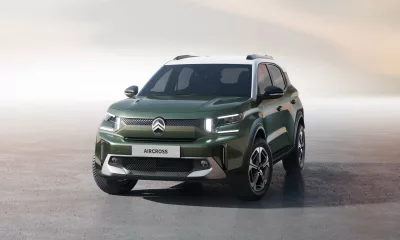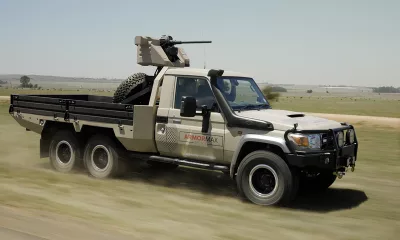
A promising future classic, the 156 reinvigorated Alfa Romeo…
Still considered a reasonably modern car, the stylish 156 nevertheless celebrates its 21st birthday this year. Difficult to believe, as the shapely sedan still turns heads thanks to typically Italian design flair from the in-house Alfa Centro Stile under chief designer Walter de Silva (the facelift, as well as the successive 159, made use of Giugiaro’s Italdesign studios).
Packaging
The conventional four-door sedan shape is cleverly tweaked to be distinctly sporty with narrow taillamps and the rear door handles hidden at the rear edge of the door windows. At the time, wooden steering wheels, gear knobs and facia veneer were sporty features of both luxury cars (such as Jaguars) as well as some sportscars. Alfa Romeo was no exception and this tradition was carried over to the first 156s, but they were later dropped from the features list.
The GTA had 17-inch wheels as opposed to the 2,5’s 15-inchers. Other modifications included larger valves, different mapping and an oil cooler. The Sportwagon remains one of the most attractive-looking station wagons. This had a boot of 288 litres and utility space of 1 000 litres.
Powertrain
Starting with the 2,0-litre Twin Spark engine, it delivered 114 kW and 187 N.m. The sonorous 2,5 V6 boasted 140 kW and 222 N.m, while the 3,2-litre V6 GTA offered 184 kW and 300 N.m of torque.
By comparison, the 0-100 km/h sprint times for the trio, ascending in power outputs, were 8,98, 7,85 and 7,03 seconds. Six-speed manual gearboxes completed the packages (plus a Selespeed option). A 2,4-litre turbodiesel was also on the price list but not many customers went for this option.
Unfortunately for alfisti, the rear-wheel-drive models of the pre-1990s gave way to front-wheel drive. This also makes working under the crowded bonnet a tricky affair.
Boot capacity is an area where the sedan beat the wagon, with 320 litres (helped by a space-saver spare wheel). Interior space is acceptable rather than generous.
Which one to get
The GTA, of course. Try to find one which has been carefully maintained. Second-best is a 2,5 V6 and there are a few around that have been pampered by enthusiasts.
If you want the looks and the badge but are on a tight budget, there is nothing wrong with the base 2,0-litre Twin Spark and maintenance costs should be lower than the V6s. The one to avoid would be the automated-manual Selespeed. This was a chore to drive and so very un-Alfa-like.
What to watch out for
Don’t expect the air-con to work well; it never did. The usual suspects for misfiring are the coil pack, knock sensor or the fuel-pump relay. Check the oil level regularly, as some engines use a bit of oil. Failure to start could be ignition key/immobiliser-related. Bosch airflow-meter problems may result in acceleration flat-spots.
Front upper wishbones and rear suspension bushes should be checked for wear. The transmissions are reliable but the clutch may need replacing if it bites right at the top of the pedal travel. Cambelts should be changed every 60 000 km (not 120 000 km), but the V6s can be pushed to 100 000 km.
The smooth, flowing sides are prone to small parking lot dings that can spoil the elegant lines. These are easily fixed with some minor panel-beating.
Availability and prices
We only saw one GTA for sale, plus a few V6 models. The rest were 2,0 TS variants. Prices vary from R25 000 to over R100 000.
Interesting facts
Normally, cars sell well in their first year or two after release and then sales taper off. With the 156, it was the other way around. In the first year (second half, admittedly), a small number of 2,0-litre and V6 models were sold, after which sales increased for a couple of years before decreasing. It’s possible that, as purchasers looked closely at these cars, more of them succumbed to the appeal even if they were nervous about resale value.




